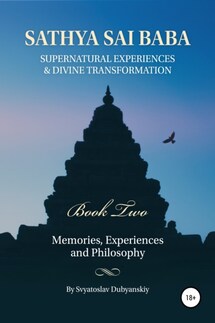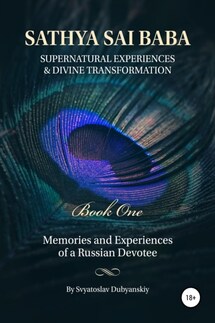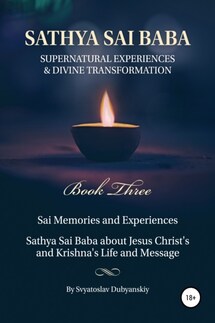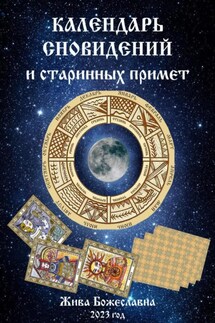Prema Sai Baba. The Mystery of God. Part One - страница 7
Sathya Sai Baba was born on November 23, 1926, in southern India on the banks of the Chitravati River, in the small village of Puttaparthi. His parents belonged to the Hindu religion.
The Sai Boy proclaimed himself the next incarnation of Sai Baba at the age of thirteen on May 23, 1940. A little bit later, he left his parents' house and moved to an abandoned temple of Krishna and began his activity as a spiritual mentor.
In the Sai tradition, in each of his incarnations at a certain age, he "proclaims" himself, which is an important symbolic act – the meaning of which is difficult to understand and appreciate by the human mind.
The rite of "proclamation" is extremely important and very mysterious. It is unlikely that anyone will be able to accurately and fully understand its deep meaning. We can only say with certainty that the beginning of the open and official mission of Sathya Sai Baba began precisely from that historic day when he "proclaimed" himself the Avatar.
Shirdi Sai Baba also repeatedly "proclaimed" himself as an Avatar throughout his life. The exact date when Sathya Sai Baba "proclaimed" himself has remained in history and is celebrated by devotees as a holiday. The exact dates when Shirdi Sai Baba "proclaimed" himself several times are unknown.
This ritual has its own paradox. If you feel that Sai is a divine incarnation, then even without the "declaration" you will feel it. Those who did not feel the divinity of Shirdi Sai Baba and Sathya Sai Baba refused to recognize him even after the "proclamation".
The ritual of "proclamation" has a great energetic significance, as a result of which the fullness of the cosmic power of the Avatar in its entirety begins to manifest itself in the universe. Before and after the "proclamation", the power of the Avatar is the same, however, after the "proclamation", this power begins to manifest in full.
7. Reality of reincarnation
Nowadays, there are still people who doubt that reincarnation is real. The materialistic worldview imposes on people a false self-identification of themselves as a physical body. According to this primitive concept, the body is born, the body lives, and the body dies, and with the death of the body, the existence of human consciousness ceases.
The basis of the materialistic worldview is that the function of consciousness is tied to the brain. This means that if the brain physically exists, then thinking exists, and if the brain is dead, then thinking supposedly cannot exist.
In fact, consciousness; and hence, thinking, can exist outside the biological functioning of the brain. In other words, thinking (consciousness) was before the birth of the physical body, and continues after the death of the physical body. This is the basis of the esoteric idea of the process of reincarnation.
In Buddhist terminology, this is called the process of continuity of consciousness, which occurs regardless of the existence or non-existence of the physical body. This is truly a vast topic, which is considered in great detail in various areas of yoga, including the tradition of Kriya yoga.
Man has three bodies: the physical body, the astral body and the causal body. Beyond these three bodies is consciousness. Thus, when the physical body dies, the astral and causal bodies continue their journey into the next life.









